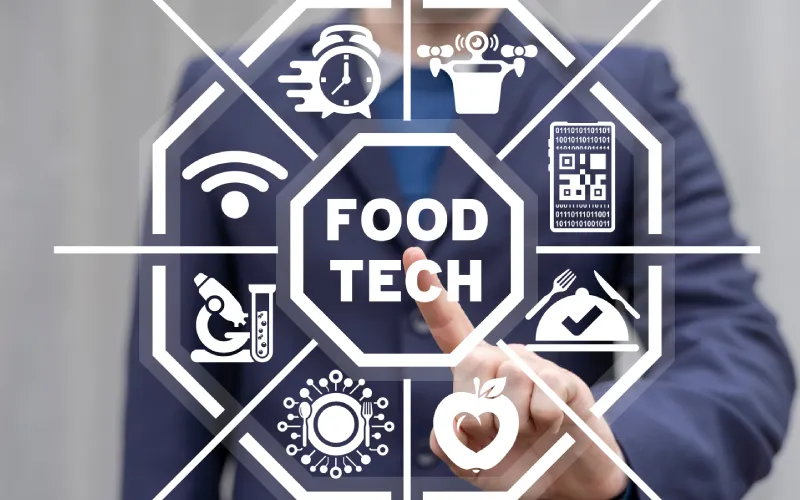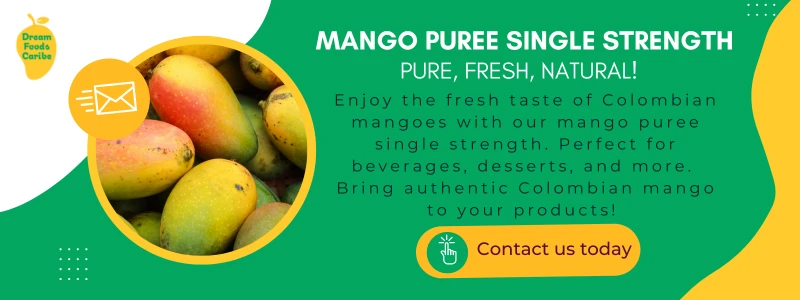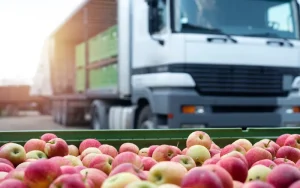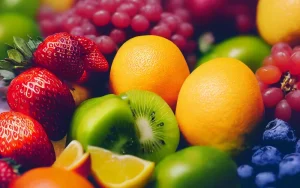The food industry is constantly changing, and new technological tools play an important role in the field. We are talking about food technology or foodtech. This innovative solution makes it possible to produce food and beverages according to current consumer demands. Its impact improves productive processes at every stage of the supply chain and makes them more efficient, from handling raw materials to the final product.
These are the main food technology tools for handling raw materials and how they have improved their processes.
Food technology: tools for handling raw material
Foodtech is leading the way to the food of the future. Its application in the transformation of raw materials improves production through tools such as:
1. Internet of Things (IoT) in food industry
The use of technology helps to optimize the supply chain, and the application of IoT facilitates quality control. This tool connects sensors to devices and networks with ERP systems to generate information about food and its environment. For example, in the case of fruits and vegetables, precision equipment can be installed to monitor crop conditions, such as humidity and temperature.
Common uses in food technology include Radio Frequency Identification (RFID) tags. With these tags, raw materials can be tracked during the supply chain, and information on their status can be generated. In addition, their application provides benefits such as stock tracking, detecting stock-outs, and real-time order control.
2. Big Data, a Food technology tool to optimize processes
Big data is a key technological tool in the food industry. It is used to monitor the status of raw materials and products throughout the supply chain. It is a solution to improve the food safety of inputs such as fruits, reduce waste, and identify process deviations. Additionally, it can be used to extract large data sets and predict outcomes to help optimize operations.
For example, factories can implement an ERP system for supply chain integration. In addition, big data analyzes data and provides information from the point of origin of the raw material to its processing, transportation, storage, and distribution. This contributes to the quality of the final product.
3. Blockchain technology for food traceability
The blockchain in food technology facilitates the exchange of data, which significantly impacts the supply chain. Its most common use is the traceability of raw materials throughout the production process. This provides information that helps to improve the efficiency of the process, recording variables at each stage. For example, during the life cycle of a product, it lists the raw material used, its handling, and its destination. It can achieve a complete tracking system in real-time.
Using this tool has a main advantage, which is related to data veracity. It is a transparent registry —all the users can validate the information uploaded to the database—. In this sense, a generated historical record guarantees data security.
4. Artificial intelligence to improve production
The implementation of artificial intelligence (AI) is critical to agro-alimentary production. It includes voice recognition, artificial vision, and robotic process automation systems. With this technology, it is possible to manage data obtained from scientific research to select better crop strains and new production models. For example, in fruit crops, it makes it possible to anticipate pests and develop crop productivity forecasts.
In addition, it helps to plan raw material purchases, production, and the entire supply chain operation. It also identifies the best food preservation techniques and automatically makes decisions to improve efficiency and food safety.
Some ideas to improve food technology processes
These tools and technologies are the best known in food industry, and their application can improve industrial processes. Some ideas that can be implemented when handling inputs —such as fruits— are:
- Using RFID tags. These help to identify, control, and guarantee the quality of the fruits.
- Automating logistics with a management system (ERP) to ensure efficient handling of inputs and outputs.
- Handling automated picking tools to streamline warehouse management of both raw materials and finished products.
- Implementing automated systems with AI and big data to improve the design and development of new products.
- Installing smart sensors in production processes. These can record data concerning fruit conditions during the supply chain.
- Applying barcodes to improve traceability and food safety of fruits and their derivatives.
In conclusion, food technology innovation is one of the trends that will change forever the way in which food is produced. Implementing these technologies can improve production processes in the supply chain. In addition, it brings benefits such as ensuring food safety and product quality. It is important that all food and fruit companies update this technology to optimize their processes.
References
- AlfaPeople Latam. (2021, October 5 Industria Alimentaria: 5 tecnologías para optimizar la cadena de suministro.
- Interempresas (2023, May 8). Blockchain, IA y Data Analytics: La tecnología al servicio de la industria alimentaria, en F4F – Expo Foodtech.
- Romanos, B. (2022). Foodtech. La gran revolución de la industria alimentaria.
- THE FOOD TECH (2022, May 24): ¿Dónde estará la industria en 10 años?
- THE FOOD TECH. (2022, May 24). Blockchain y la industria alimentaria: una alianza exitosa.







